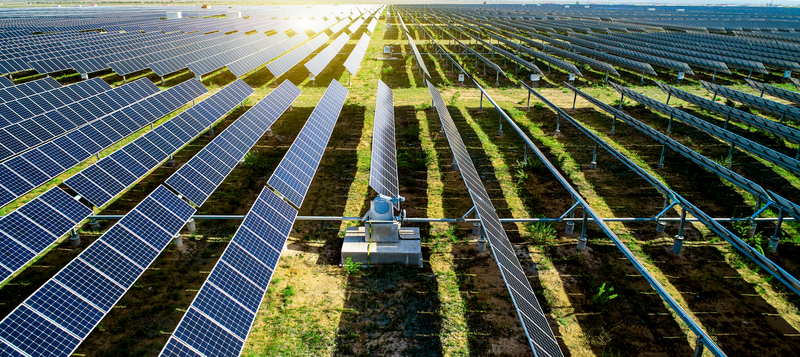How can Single-Axis Solar Trackers improve your project’s Return on Investment (ROI)?
A single-axis solar tracker positions the panels towards the sun capturing maximum solar energy during the day. Tracking arrays are designed to literally follow solar position at every minute, hour, and day of the year – without requiring manual adjustment.
Gain in Energy Production from Single-Axis Solar Plants
In traditional Solar PV fixed-tilt Plants, the power output follows a bell curve throughout the day, it gradually increases until peaking at noon, then returns to decrease. Whereas, in single-axis Solar PV Plants, we approach the maximum power from early in the morning and this production is maintained until late afternoon. Hence, seeing a performance gain of approximately 25% (Energy Sage, 2019) as compared to the fixed PV installation.
Unlike fixed-tilt traditional Solar PV Plants, single-axis tracking systems require more space per module to allow for the rotation of the PV modules and to eliminate all possible shadowing. However, the latest innovation in the industry is to optimize site design by adjusting the array layout to accommodate greater modules unique to its specific latitude and vertical tilt angle.
10 MW Single-Axis Solar Power Project for Eni Pakistan
For the 10 MW Eni Bhit Gas Field, horizontal single-axis trackers have been used. These are powered by motors and gear trains, through an astronomical clock controller. This is Reon’s first integrated Solar Powered Project for the Oil and Gas sector that shall help Eni shut down one of its gas turbines during the day. The single-axis panels have been installed with wind and precipitation sensors that can immediately detect any unusual weather changes while taking its angle to a 0-degree tilt to minimize the impact of heavy rain or wind.
The use of solar trackers is increasingly on the rise in photovoltaic plants because it allows a significant increase in energy production; hence, improving project profitability. Tracking systems tend to cost more than the fixed-tilt PV Plants but the 25% increase in energy yield could significantly help bring the cost down.





